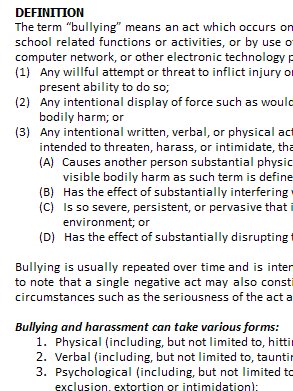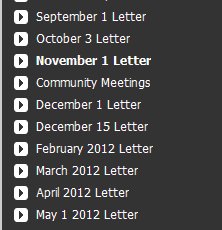It’s not like technical writing isn’t already incredibly boring, so why does it have to be consistent? Such is the typical complaint about what we at Shoap do to earn a living. So how important is consistency?
While we sometimes fantasize about people grabbing one of our documents and cozying up to the fire to spend some quiet hours learning how to use a new piece of hardware or software, the reality is starkly different. As they used to say about Ivory soap, 99.44% of the time the only reason people crack a user guide or click on online help is because they’re stuck: they can’t figure out how to do something that they need to do – and need to do immediately.
Consistency means you can find information quickly and understand that information when you encounter problems. Let’s see how.
Voice
Is the document written in a consistent voice? Does the writer address the reader as “you” or does he use the third person? Are verbs in the present, past tense? Or both? Consistency in voice lets the reader know 1) you’re thinking about what you’re saying and 2) you care who you are saying it to. Using different tenses makes the reader think lots of people are contributing to the document but no one is in control, making sure the document is one, homogenous whole. It means you’re sloppy and can’t be trusted to provide the information the reader needs. Slap, bam! Your reader just shut the user guide and threw it away. We touched on some of these issues in our last Technical Reader issue, “What’s Wrong with the Passive Voice,” explaining why passive voice should be avoided.
Language
Some writers prefer a formal tone; others, something more casual. Regardless of your choice, you need to be consistent. In a spreadsheet for one client we found a reference to pallets in one sentence and skids in another. When we asked the client if these two terms were the same, we received a short, obviously annoyed response: “Yes, of course.” So why did the writer use different terms? Check out the following illustration:

Item ID and Description are the same thing. So why are they listed as two separate Field Names? The answer is simple: to confuse and annoy the reader. Slap, bam. Another manual in the trash.
Style
Maintaining formatting consistency is extremely important. It simplifies navigating through the document and makes the result look professional. Nothing is more annoying than reading something and noticing style inconsistencies. (Or at least for me!) These simple mistakes detract from the point you are trying to make and, more importantly, make the reader question what you’re saying. For example, look at Figure 2 and compare it to Figure 3.


Notice the naming inconsistencies for the monthly newsletters. Some include month, date and year; others only month and day, and others have month and year. Although these inconsistencies may seem small, the reader is left with, “Hello? Did anyone proof this?”
Maintaining consistency is tedious (mind numbing is our favorite way of describing it). But it’s the way technical writing has to be. We want our readers to know that we’re going to introduce a function exactly the same way every time we have a function to describe, that the style we use to list steps is identical everywhere in the manual, that screen captures are the same size and aligned the same everywhere in the book, etc. We do these things not only because we’re OCD – we can’t help that – but because we know it makes it easier for the reader to find what she wants quickly and easily. And that’s enough.

1 reply on “Why is Consistency Important?”
Couldn’t agree more!